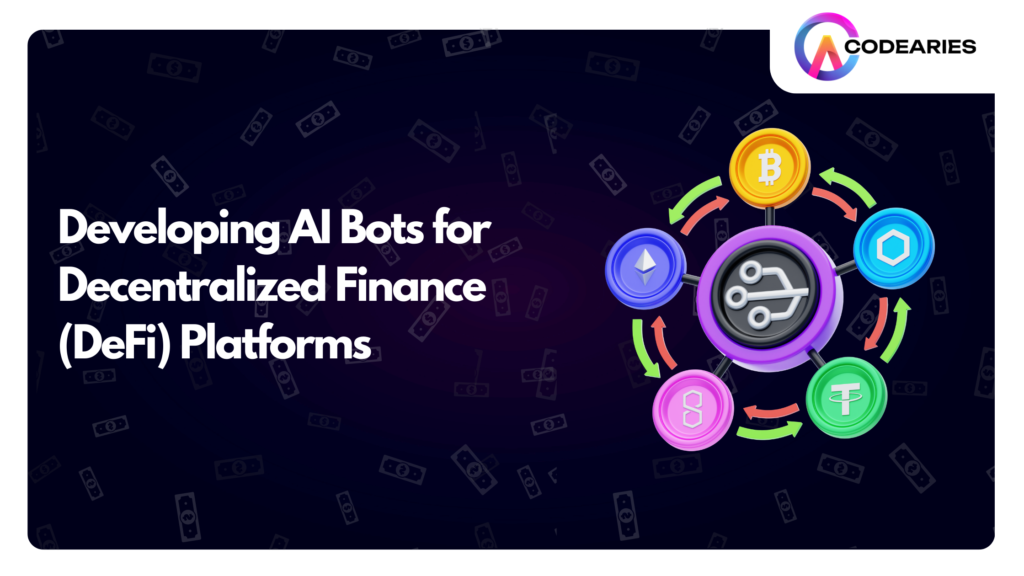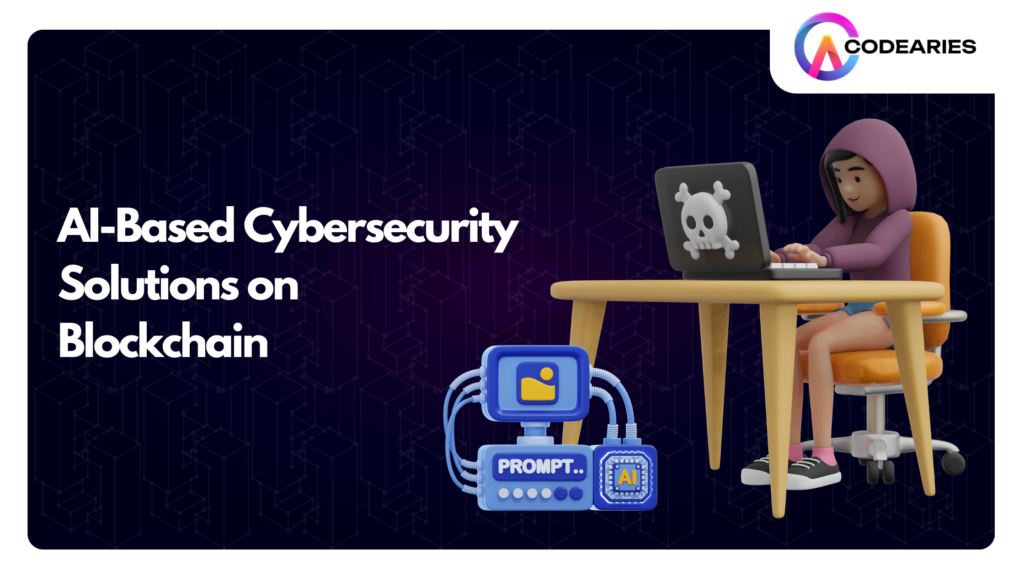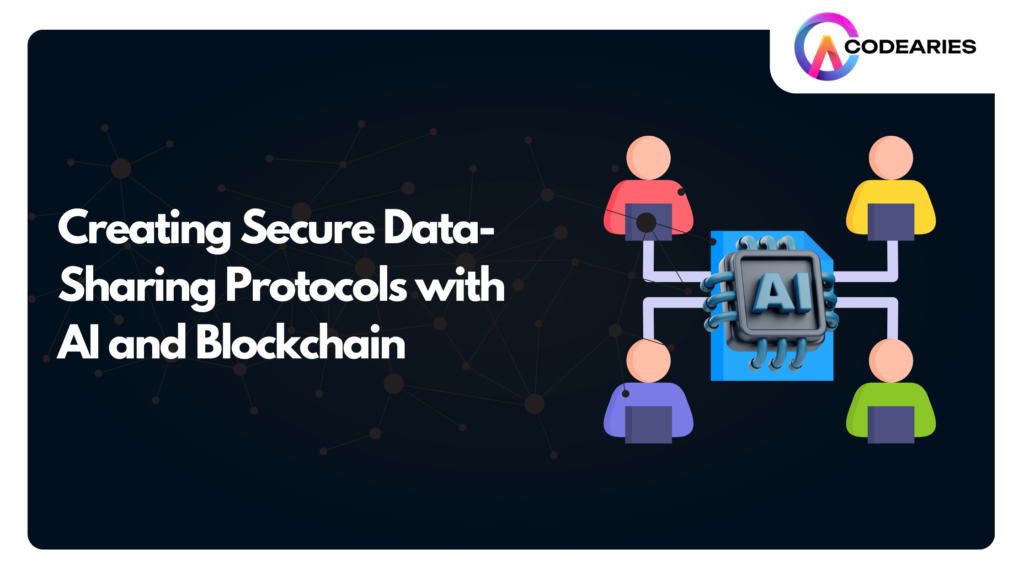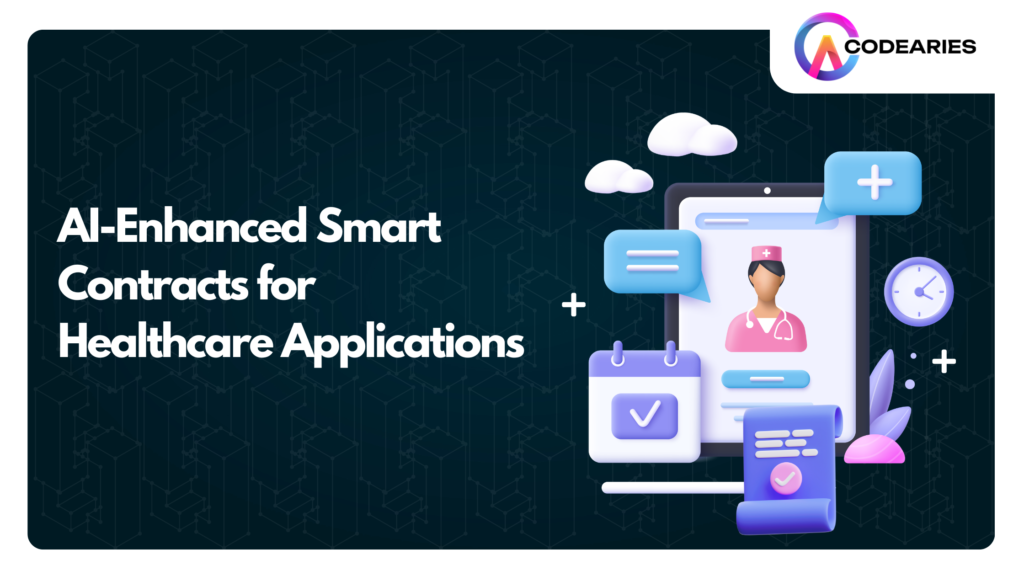Building AI-Powered Decentralized Social Networks on Blockchain
As traditional social networks grapple with privacy concerns, censorship issues, and data ownership challenges, decentralized platforms have emerged as a promising alternative. Integrating artificial intelligence (AI) into decentralized social networks powered by blockchain technology brings new personalization, trust, and user autonomy possibilities. In this article, we will explore the potential of building AI-powered decentralized social networks on blockchain, diving deep into this innovative fusion’s opportunities, challenges, and future prospects. AI-powered decentralized networks, or AI-driven Distributed Ledger Technology (DLT) networks, redefine how we think about data management and transaction processes. By harmonizing the principles of decentralization, blockchain, and artificial intelligence, these networks are poised to unlock innovative solutions across various industries. Let’s dive into how these networks work, their unique benefits, and some compelling examples that illustrate their potential. What are AI-powered decentralized networks? Decentralization: At the core of AI-powered DLT networks is a decentralized architecture. This means no single entity has overarching control; instead, a distributed network of nodes (computers) collaborates to validate and record transactions. This decentralization fosters trust and resilience, making the system less vulnerable to single points of failure.The global decentralized social network market is expected to reach a valuation of USD 101.2 billion by 2033, growing at a CAGR of 23.6% from 2023 to 2033. SOURCE Blockchain Technology: The backbone of these networks is blockchain—a secure and transparent distributed ledger. Transactions are grouped into blocks, creating a tamper-proof and immutable chain. This structure ensures that every transaction is verifiable and transparent, promoting accountability across the network.AI Integration: The true magic happens with the integration of AI algorithms, which enhance various aspects of the network: Smart Contracts: Imagine intelligent contracts that can learn and adapt. AI enables the creation of dynamic contracts that self-execute based on real-time data, automating complex processes and minimizing the need for intermediaries. Consensus Mechanisms: Traditional consensus algorithms can be slow and resource-intensive. AI optimizes these processes, enhancing network speed and security while reducing energy consumption. Data Analysis: AI’s ability to sift through vast datasets allows for real-time analysis, identifying trends and anomalies that can inform strategic decisions. This capability is invaluable for applications like fraud detection and market forecasting. Predictive Analytics: By leveraging historical data, AI can anticipate future trends and behaviours, empowering organizations to make proactive decisions that mitigate risks. Real-World Applications of AI-Powered Decentralized Networks Supply Chain Management: AI tracks products through every stage of the supply chain, enhancing transparency and minimizing the risk of fraud. This not only ensures product integrity but also boosts consumer trust. Healthcare: AI secures patient data and facilitates the sharing of electronic health records, enabling decentralized healthcare applications that empower patients and providers. This could revolutionize how care is delivered and accessed. Finance: In finance, AI automates transactions, detects fraudulent activity, and enhances risk management, providing a safer and more efficient financial ecosystem. Energy: AI optimizes energy distribution and enables peer-to-peer trading of renewable energy. This decentralization fosters a more sustainable energy future, empowering consumers to contribute to energy solutions. The Key Features of Decentralized Social Networks Decentralized social networks are gaining traction as an innovative alternative to traditional platforms, offering users enhanced control, privacy, and freedom. Here’s a closer look at what sets these networks apart: Data Ownership Empowered Users: In decentralized networks, users retain full data ownership. This means you decide who accesses your information and how it’s utilized, creating a personal data fortress. Elimination of Third-Party Control: Unlike centralized platforms that harvest user data for profit, decentralized networks don’t own or store your information. This significantly reduces the risk of data breaches and misuse, allowing for a safer online experience. Censorship Resistance Distributed Architecture: The very structure of decentralized networks makes it challenging for any single entity to impose censorship. Content is spread across multiple nodes, making it resilient to control. Unrestricted Expression: Users can freely voice their opinions and share content without the possibility of account suspension or content removal. This fosters a vibrant and diverse community where all voices can be heard. Peer-to-Peer Interactions Direct Connectivity: Users can engage directly with one another, eliminating the need for centralized servers or intermediaries. This enhances communication and fosters a more genuine connection among users. Resilience and Autonomy: By reducing dependence on any single platform, decentralized networks become more resilient against outages and censorship, empowering communities to thrive independently. Notable Examples of Decentralized Social Networks Mastodon: A federated social network where users can join different instances while communicating across the platform. Diaspora: A privacy-focused network that emphasizes user control and decentralized ownership. Bluesky: A decentralized social platform promoting an open-source approach to social media. Minds: A network that incentivizes user participation through cryptocurrency rewards and prioritizes free speech. AI in Content Moderation: A Decentralized Revolution As digital spaces grow, so do the challenges of content moderation. Traditional methods often fall short, leading to bias and censorship. Enter AI-driven, decentralized moderation—an innovative approach that enhances fairness and efficiency while empowering communities. Here’s how it works: Automated Detection Pattern Recognition: AI algorithms analyze vast amounts of text, images, and videos to spot harmful patterns like hate speech and misinformation. Real-time Monitoring: With real-time analysis, AI can flag potentially harmful content instantly, enabling quick responses. Contextual Understanding Natural Language Processing (NLP): AI understands language nuances, distinguishing between harmless jokes and offensive comments. Sentiment Analysis: AI identifies content that may require further review by evaluating emotional tone. Image and Video Analysis Computer Vision: AI scans images and videos for graphic violence or explicit material, ensuring adherence to community standards. Object Recognition: It detects harmful symbols or objects within media, adding an extra layer of scrutiny. Community-Driven Moderation AI-Assisted Moderation: AI aids human moderators by suggesting actions, enhancing the overall moderation process. Guideline Enforcement: It analyzes content against community standards to maintain a safe environment. Decentralized Moderation Distributed Networks: AI operates across a network of nodes, preventing any single entity from monopolizing content control. Consensus Mechanisms: AI helps reach agreement among nodes, reducing arbitrary censorship. Freedom of Speech in Decentralized Networks: A Balancing Act Decentralized networks,












